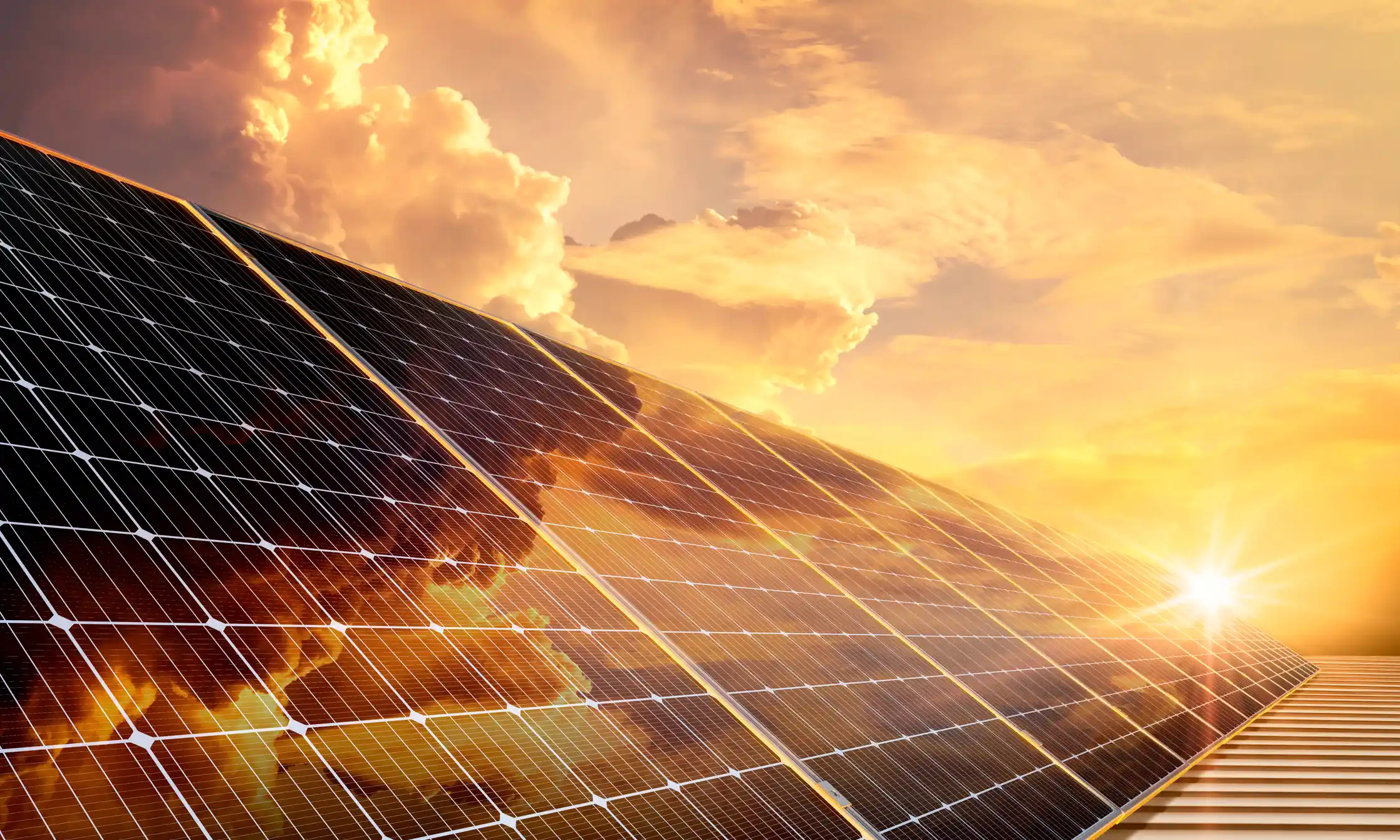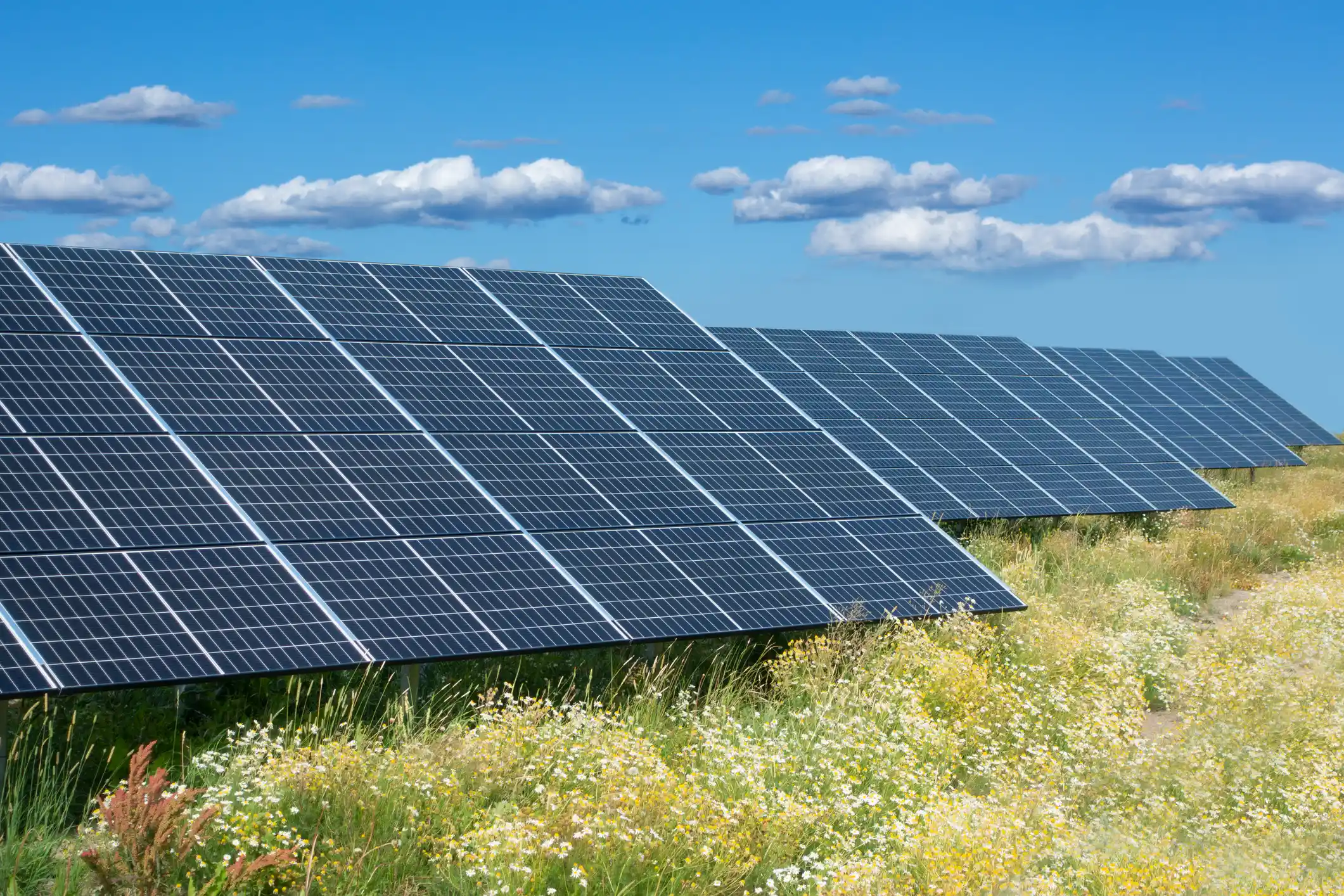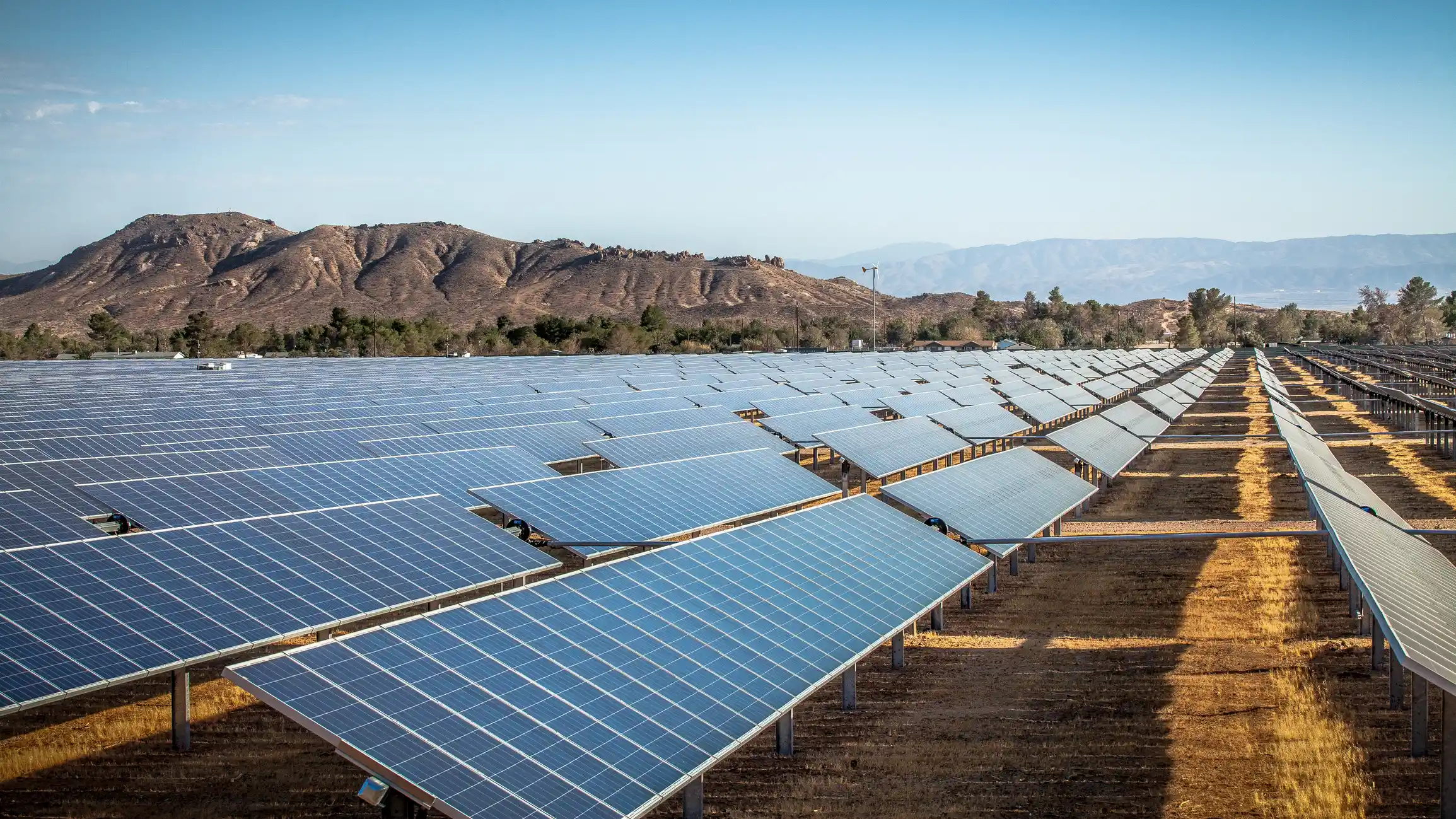POSTED
September 20, 2024
Debunking Common Myths About Solar Farm Investments
Solar energy is rapidly becoming a cornerstone of sustainable energy solutions. Just last year, the world added 50% more renewable energy capacity than the previous years. Solar energy accounted for three-quarters of global green energy additions. This trend is showing no signs of slowing down. In fact, renewable energy capacity is expected to more than double by 2028, driven largely by solar power.

This growing demand makes utility-scale solar projects potentially attractive investments for investors. Despite their growing popularity, however, many investors are deterred by myths surrounding the cost, efficiency, and environmental impact of large-scale solar farms. This article will address these misconceptions and provide accurate information to help you make informed investment decisions.
Myth 1: Solar Farms Cost Too Much to Build
While initial costs can be high, the long-term financial returns often offset these early expenses. The upfront cost for establishing a utility-scale solar farm can range from $800,000 to $1.3 million per megawatt (MW). While that sounds like a big price tag, these farms can generate significant revenue, potentially around $70,000 annually per MW. Advances in solar technology have also reduced the cost of photovoltaic (PV) and improved their efficiency. This makes solar energy more competitive with traditional energy sources.
Government incentives help curb the cost of building and operating utility-scale solar installations. The Investment Tax Credit, for instance, offers a 30% tax credit on solar projects. Utility-scale projects typically benefit from economies of scale as well, driving down the cost per MW as the size of the solar farm increases. Power purchase agreements (PPAs) are another way for large solar farms to generate revenue. These agreements provide stable and predictable cash flows over periods as long as 35 years.
Myth 2: Solar Farms are Inefficient and Unreliable
Technological improvements have enhanced the efficiency of PV cells. Currently, solar panels convert sunlight into electricity with an efficiency of 15% to 25%. For comparison, fossil fuels have an energy conversion of around 30% to 40%. While this might seem like a big difference, this is a substantial increase in PV efficiency.
Utility-scale solar farms also require less maintenance and upkeep. Fossil fuel power plants have significant ongoing costs associated with operations and maintenance (O&M). For example, coal-fired power plants have an average O&M cost of about $46 per kilowatt (kW). For comparison, the average O&M cost for utility-scale solar power is about $10 per kW.
Utility-scale solar farms are also extremely reliable. While fossil fuels don’t require sunlight to generate power, they are subject to market fluctuations, geopolitical tensions, and logistical challenges, which can impact their availability and cost. They also need extensive infrastructure for extraction, transportation, and storage. This involves railways, pipelines, and shipping, which can be disrupted by geopolitical tensions, natural disasters, and other factors. Once installed, solar power does not require this kind of infrastructure and does not rely on fragile supply chains.
Solar power, while intermittent, can also be supplemented with battery storage solutions to ensure a steady supply of power. This integration allows for energy production during peak sunlight hours to be stored and used when sunlight is not available. Advances in operation and maintenance technologies, like the integration of AI and machine learning for real-time fault detection, further enhance the reliability of utility-scale solar farms.
Myth 3: Solar Farms Have a Negative Environmental Impact

While it is true that solar farms require land and can impact local ecosystems, significant efforts are made to minimize and manage these. In fact, thoughtfully designed solar farms can enhance biodiversity. For example, the land under and around solar panels can be used to cultivate native vegetation that supports local wildlife.
In some regions, solar farms are combined with agriculture, allowing for the simultaneous production of food and electricity. Studies have even shown that, with proper design, utility-scale solar farms can effectively manage stormwater runoff and prevent erosion.
Solar energy production also does not emit greenhouse gasses during operations, making it a clean energy source that helps combat climate change. The total emissions from solar power, covering manufacturing, installation, and decommissioning, are about 95 pounds per megawatt-hour (MWh). In comparison, natural gas plants emit around 1,000 pounds per MWh, and coal plants emit about 2,000 pounds per MWh. Solar panels also offset their emissions within 2 to 3 years of operation and continue producing clean energy for decades without adding more greenhouse gasses to the atmosphere.
Myth 4: Solar Farms Take Up Too Much Valuable Land

This claim is often exaggerated and doesn’t consider the various innovative approaches to land use in solar energy projects. Solar farms, for instance, can be strategically placed on less valuable land like brownfields, abandoned industrial sites, and marginal lands that are not suitable for agriculture or development. This approach ensures that prime agricultural or development land is preserved. Solar farms typically have a lifespan of 20 to 30 years. After this period, the land can be fully restored to its original state or repurposed for other uses.
Modern solar panels are also efficient, and a relatively small amount of land can generate substantial amounts of electricity. For example, a 1 MW solar farm typically requires 4 to 5 acres of land, which is minimal considering the energy output can power 250 average houses.
Myth 5: Solar Investments are Too Complex for Individual Investors
While these projects do involve multiple layers of planning, financing, and execution, they are not beyond the reach of individual investors, especially with the right support and resources. Shasta Power helps streamline this process by offering turnkey solutions that handle these complexities on behalf of investors. We do all the project development work so our investors don’t have to. We also make it easy for you to start investing. Simply create an account, verify your accredited status, sign the subscription agreement, and then wire your investment to the Summit Power Fund.
There’s a lot of misinformation out there about solar power, leading some to believe it isn’t a viable source of sustainable energy. This couldn’t be further from the truth. The fact is that utility-scale solar power is more efficient and affordable than ever before. Weighed against the environmental costs of fossil fuels, it is the clear solution for eliminating greenhouse gas emissions and reducing the impact of climate change. If you’re thinking about investing in a solar farm project, don’t let these myths influence your decision.
At Shasta Power, we help investors make a positive environmental and social impact. Visit our investment information page to learn more about our solar projects and investment opportunities.






Very good and helpful information. I have land the could possibly be leases to a solar farm development company. How can I find if someone would be interested?
You can contact our team using this link: https://shastapower.com/contact/